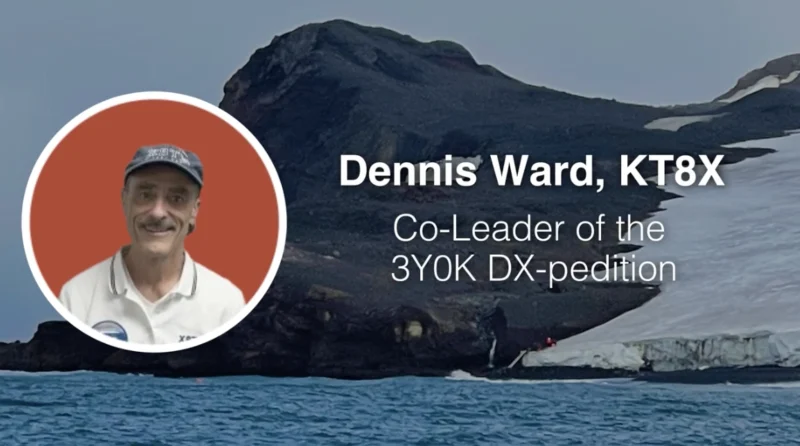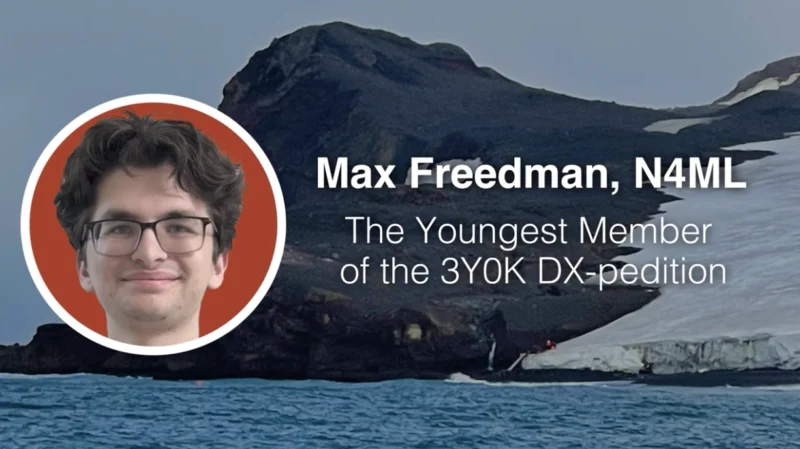Medical-Grade Cameras are Revolutionizing Healthcare and Its Utilization is Boosting the Growth of the Telemedicine Market
Because healthcare accessibility is increasingly paramount, the role of telemedicine is becoming vital, especially in rural areas and places with specialist shortages. The COVID-19 pandemic has accelerated this trend, but the use of telemedicine has been growing for decades as an essential component in bridging the healthcare divide. Recent research shows that the telemedicine market is expected to reach over $178 billion by 2026, highlighting its significance in the medical industry. So, how are medical grade cameras reshaping telehealth, and what does this mean for patient care across diverse regions?
What question might the relevant audience have on this topic? How is telemedicine, specifically through the utilization of medical-grade cameras, providing opportunities and solving problems in healthcare, even in the most remote and underserved areas?
In an insightful episode of “AVer,” Kevin Stevenson, the host of “I Don’t Care with Dr. Kevin Stevenson,” engages in an eye-opening discussion about the transformative impact of telemedicine and medical-grade cameras.
A few of Stevenson’s main points concerning the topic were:
- How telemedicine hubs in rural areas have been providing specialist care for over 20 years and continue to play a crucial role today.
- The emerging challenges of shortages in various subspecialties like psychiatry and neurology, and how telehealth is addressing these gaps.
- How high-quality cameras ensure top-level patient care and why their utilization is integral to telemedicine’s success.
Kevin Stevenson is a respected hospital administrator and the host of MarketScale’s “I Don’t Care with Dr. Kevin Stevenson” podcast. With over 20 years of experience in healthcare, including working with telemedicine in rural Nebraska, he brings a wealth of knowledge and insights into the world of telemedicine.




